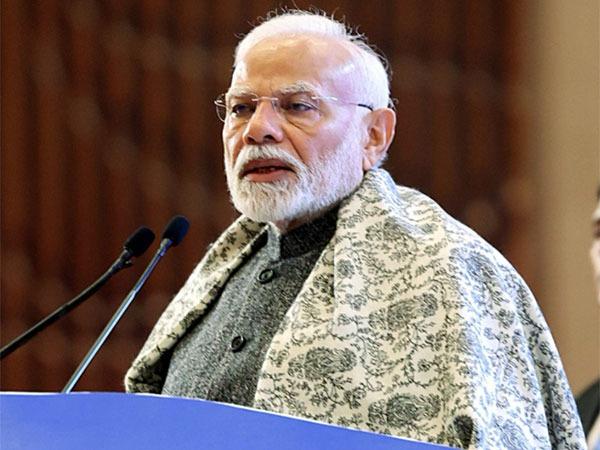 Image Source: Forbes
Image Source: Forbes
India is witnessing a significant movement of its highly skilled AI and deep technology professionals abroad, raising concerns about the country’s ability to retain its top talent amid rising global demand and attractive opportunities overseas. Despite India’s strong technical education ecosystem and a vast pool of STEM graduates, many AI experts and deep tech researchers are choosing to study, work, and settle in countries like the United States, Europe, Australia, and others, leading to a pronounced brain drain effect in these cutting-edge sectors.
Key Highlights of the Indian-Origin AI Deep Tech Talent Migration Phenomenon
A substantial percentage of India’s elite AI talent pursues education abroad and eventually builds careers overseas, especially in the U.S., Europe, and Australia. For instance, nearly all Indian AI researchers in 2019 opted for opportunities outside India, though this trend showed a slight decline with about 20% staying in India by 2022.
The United States remains the primary destination, housing numerous Indian AI professionals contributing significantly to the global AI ecosystem. India leads among countries in the number of AI startup founders abroad, with many Indian-origin entrepreneurs playing pivotal roles in the U.S. AI industry.
The exodus is driven by factors including superior research facilities, better funding, greater professional autonomy, higher salaries (often several times more than Indian counterparts), advanced infrastructure, and streamlined immigration policies in destination countries.
India’s large domestic market and growing AI ecosystem are promising, yet India faces challenges in offering equivalent research resources, industry collaboration, and funding opportunities which discourages some of its top-tier talent from staying or returning.
The diminishing share of India’s high-impact AI research publications relative to global powers like China points to the competitive pressures driving talent overseas, where research environments are perceived as more conducive to breakthrough innovation.
Although deep-tech sectors require broad skill sets, India is also experiencing shortages in mid and lower-level AI talent, reflecting not just migration but rapid expansion in demand across startups, IT firms, and large technology companies.
Structural and Policy Insights on Talent Migration
India produces over 2.6 million STEM graduates annually with an estimated AI/ML workforce of around 420,000 professionals, yet the retention of top researchers and innovators remains a critical gap.
Government efforts such as National AI Strategies, schemes by NITI Aayog, and enhanced AI education programs are underway, but they have yet to fully bridge the gap between talent supply and world-class opportunity within India.
Visa and immigration policies abroad, especially in the U.S., continue to attract Indian talent despite stricter caps, highlighting the appeal of established tech ecosystems and financial incentives overseas.
Industry insiders and experts advocate for India to improve research funding, simplify bureaucratic impediments, provide better project autonomy, and offer competitive remuneration to reverse the talent outflow.
Collaborative initiatives, including partnerships with global tech firms, increased R&D investment, and incubator programs, are seen as pathways to nurture domestic AI talent and attract diaspora professionals back to India.
Some Indian AI leaders who remain domestically emphasize that contributing to the local ecosystem despite resource gaps is a motivating factor, reflecting emerging pockets of homegrown AI innovation.
Future Outlook and Strategies for India
India stands at a crossroads to either deepen its role as a technology talent exporter or become a global AI innovation hub by strategically retaining and repatriating its best minds.
Ongoing reforms to expand AI curricula at multiple education levels, integrate industry-academic linkages, and establish centers of excellence are critical to developing a thriving talent pipeline.
Policy measures targeting talent retention include creating competitive research grants, fostering open-ended exploratory projects, and incentivizing startups and enterprises locally to absorb AI professionals.
Learning from countries like China, which aggressively incentivize returnees and invest heavily in domestic tech ecosystems, may help India craft bespoke solutions to its brain drain challenge.
The rapidly growing domestic AI market, projected to reach multi-billion dollar scales by 2030, offers economic incentives for talent to remain and innovate within India.
Encouragingly, some Indian-origin AI researchers and entrepreneurs are showing interest in collaborating remotely or even returning, signaling potential shifts in the migration patterns with the right conditions.
In conclusion, while India continues to produce world-class AI and deep tech expertise, the ongoing migration of this talent abroad poses critical challenges to its ambition of becoming an AI superpower. Balancing global opportunity with home-grown innovation requires multifaceted strategies involving government, academia, and industry collaboration to create a compelling domestic environment. Harnessing the full potential of Indian-origin talent globally and locally will be essential for India’s technological and economic future.
Sources: The Secretariat, Carnegie Endowment for International Peace, Top Source Worldwide, Business Standard
Advertisement
Advertisement







